
Indexed Universal Life Insurance (IUL):
How It Works

Written by Jackie Myers
Lead Writer
Last Updated : January 2025
What is an Indexed Universal Life Policy?
Indexed Universal Life (IUL) insurance is a permanent life insurance policy that does more than just provide financial protection for your loved ones —it also helps you build wealth over time through a cash value component that grows tax-free.
.
Unlike traditional life insurance, where you would either
just get temporary coverage (term life) or slow cash accumulation (whole life), an IUL is designed to:
Protect your family with a tax-free death benefit.
Grow your wealth with market-linked returns—without the risk of losing money
Give you access to your money, tax-free, to use for retirement, investments, emergencies, or major expenses
An IUL is not just insurance —it's a financial tool that acts as a tax-free investment alternative, retirement income source, and lifelong financial safety net
Table of Contents
Key Benefits of an IUL
Tax-Free Growth – The cash value in an IUL policy grows on a tax-deferred basis, meaning you don’t pay taxes on your gains while the funds are accumulating.
Market-Linked Growth with Protection – Your policy’s cash value is tied to a stock market index, giving you the potential for higher returns while maintaining a 0% floor to protect against market losses.
Flexible Premiums – You can adjust your premium payments within certain limits, allowing for flexibility based on your financial situation.
Tax-Free Withdrawals & Loans – You can access your cash value through policy loans or withdrawals, which are generally tax-free when structured correctly.
Permanent Coverage – Unlike term life insurance, an IUL policy lasts your entire lifetime as long as premiums are paid.
Living Benefits – Some policies include riders that allow you to access your death benefit early in case of critical illness, chronic illness, or terminal illness.
No Required Minimum Distributions (RMDs) – Unlike a traditional 401(k) or IRA, you are not required to withdraw funds at a certain age.
How an IUL Works
An Indexed Universal Life (IUL) policy functions as both a life insurance policy and a tax-advantaged wealth-building tool. When you pay premiums into an IUL, a portion of that payment goes toward the cost of insurance (COI) to maintain the death benefit, while the remainder is allocated to the cash value of the policy. This cash value earns interest based on the performance of a stock market index, such as the S&P 500, but unlike direct investments, it is not directly tied to the stock market. Instead, the insurer credits interest based on index performance, typically with a cap (maximum return) and a floor (minimum return)—often 0%, ensuring that even in a market downturn, you never lose money due to negative market returns.
Your premium payments go toward both the cost of insurance and a cash value component. The cash value is linked to a market index, such as the S&P 500, but your money is never directly invested in the stock market. The insurer typically applies a cap and a floor to your returns, meaning you get a portion of market gains but are protected from losses. You can take tax-free loans against your accumulated cash value for retirement income, investments, or other financial needs.
One of the defining features of an IUL is its policy loan provision, which allows you to borrow against your cash value tax-free while your funds continue to earn interest. These loans do not trigger taxable events, and because they are secured by your policy, they do not require repayment as long as the policy remains in force. However, any outstanding loans will reduce the eventual death benefit paid to beneficiaries. IULs also offer flexible premiums, meaning you can adjust your contributions over time within certain limits, allowing for scalability based on your financial situation. Additionally, many policies include living benefits that provide access to funds in cases of chronic, critical, or terminal illness.
The long-term success of an IUL depends on proper funding. If overfunded (up to the MEC limit), the policy can maximize cash value accumulation while minimizing insurance costs. However, if underfunded, policy fees could erode the cash value, reducing its effectiveness as a wealth-building tool. Unlike traditional retirement plans such as 401(k)s or IRAs, an IUL has no contribution limits, no required minimum distributions (RMDs), and tax-free access to funds, making it a powerful strategy for financial growth, retirement income, and legacy planning.
Is IUL a better option than traditional retirement plans?
When planning for retirement, most people default to 401(k)s, IRAs, and other traditional retirement accounts , but Indexed Universal Life (IUL) offers a compelling alternative with unique benefits that traditional plans lack. While 401(k)s and IRAs are primarily investment accounts, an IUL combines wealth-building, tax-free access to cash, market-linked growth, and a permanent death benefit—all in one product. Unlike traditional retirement plans that are heavily regulated by contribution limits, tax liabilities, and penalties, an IUL allows for
greater flexibility, no required minimum distributions, and full access to funds without IRS restrictions.
One of the biggest advantages of an IUL over traditional plans is that it grows tax-free, distributes tax-free, and avoids stock market losses due to its 0% downside protection. While a 401(k) or IRA is subject to market volatility, taxation at withdrawal, and government restrictions, an IUL offers controlled, predictable, and tax-efficient income in retirement. Below is a side-by-side comparison of an IUL versus traditional retirement plans:
Why an IUL May Be a Better Option Than Traditional Retirement Plans
No Contribution Limits: Unlike 401(k)s and IRAs, an IUL allows you to put in as much money as you want (up to the MEC limit).
No Market Losses: While a 401(k) or IRA can lose money in a downturn, an IUL’s 0% floor ensures you never lose principal in a bad market year.
No Required Distributions: Traditional plans force you to start withdrawing money at age 73 (RMDs), even if you don’t need it. An IUL lets you keep your money growing tax-free for life.
Tax-Free Income in Retirement: Traditional accounts increase taxable income in retirement, but an IUL allows tax-free policy loans, meaning you keep more of your money.
Access Your Money Anytime: With an IUL, you can borrow against your cash value anytime without penalties, unlike a 401(k) that charges a 10% penalty if withdrawn before 59½.
Pass on More Wealth: Traditional retirement plans often leave beneficiaries with a heavily taxed inheritance, whereas an IUL passes wealth tax-free to heirs.
Lifetime Coverage & Living Benefits: A 401(k) or IRA only provides retirement income, while an IUL offers tax-free retirement funds, lifelong coverage, and living benefits for critical, chronic, or terminal illness.
When does an IUL make more sense than a 401(k) or IRA?
You want tax-free retirement income without future tax risks.
You don’t want to worry about stock market losses reducing your retirement savings.
You have maxed out your 401(k) or IRA and want another tax-efficient way to build wealth.
You want access to your money at any time without penalties.
You want to pass on wealth tax-free to your family.
You want life insurance coverage with living benefits in addition to wealth-building.
How to Fund an IUL Properly
Max-Fund Early – To maximize growth, contribute as much as possible in the early years (without exceeding the MEC limit).
Use an Increasing Death Benefit Initially – This allows for higher cash accumulation in the early years.
Switch to a Level Death Benefit Later – Once the policy is well-funded, switching to a level death benefit helps reduce costs and maximize cash value.
Avoid Taking Loans Too Early – Let the policy accumulate cash value before withdrawing funds to maximize compounding growth.
Monitor and Adjust – Regularly review your policy to ensure it continues to perform optimally.
Pros and Cons of an IUL
Pros:
Tax-free growth and withdrawals (if structured properly)
Market-linked gains with downside protection
No contribution limits like IRAs or 401(k)s
Flexible premiums and death benefit options
Access to funds without IRS penalties
Provides lifelong coverage with living benefits
Beneficiaries receive a tax-free death benefit
Cons:
Higher fees and insurance costs compared to traditional investments
Caps on returns limit full market upside
Requires proper structuring to avoid becoming a Modified Endowment Contract (MEC)
Poorly funded policies may not perform well
Withdrawals via loans must be managed carefully to avoid policy lapse
Final Thought : Should you choose an IUL over a 401(k) or IRA?
IULs aren’t for everyone, but if you’re looking for a tax-free, flexible, and market-protected way to build wealth while also securing lifelong financial protection, an IUL is an unmatched retirement vehicle. Unlike a 401(k) or IRA that is subject to taxes, penalties, and stock market crashes, an IUL grows tax-free, provides guaranteed income access, and allows for wealth transfer—all without government restrictions.
Compare prices among top providers





Policyadvisor helps millions of people make more confident life insurance choices
1+ Million
People helped
27 Years
Experience
$30B
In coverage placed

Indexed Universal Life
Term Life
Whole Life
Indexed Universal Life
LifeLong Coverage
Cash Value Growth
Market-Linked Growth
Tax-Free Withdrawals
Flexible Premiums
Living Benefits
Lower Cost Than Whole Life
Traditional Shopping
Temporary Coverage
No Cash Value Growth
No Marget-Linked Growth
No Tax-Free Withdrawals
Set Premiums
No Living Benefits
Whole Life
LifeLong Coverage
Cash Value Growth
No Marget-Linked Growth
No Tax-Free Withdrawals
Set Premiums
No Living Benefits
How It Works

Expert support to find a plan within minutes
Finding the right life insurance shouldn’t be complicated. PolicyAdvisor gives you expert-backed, unbiased quotes to help you protect what matters most.
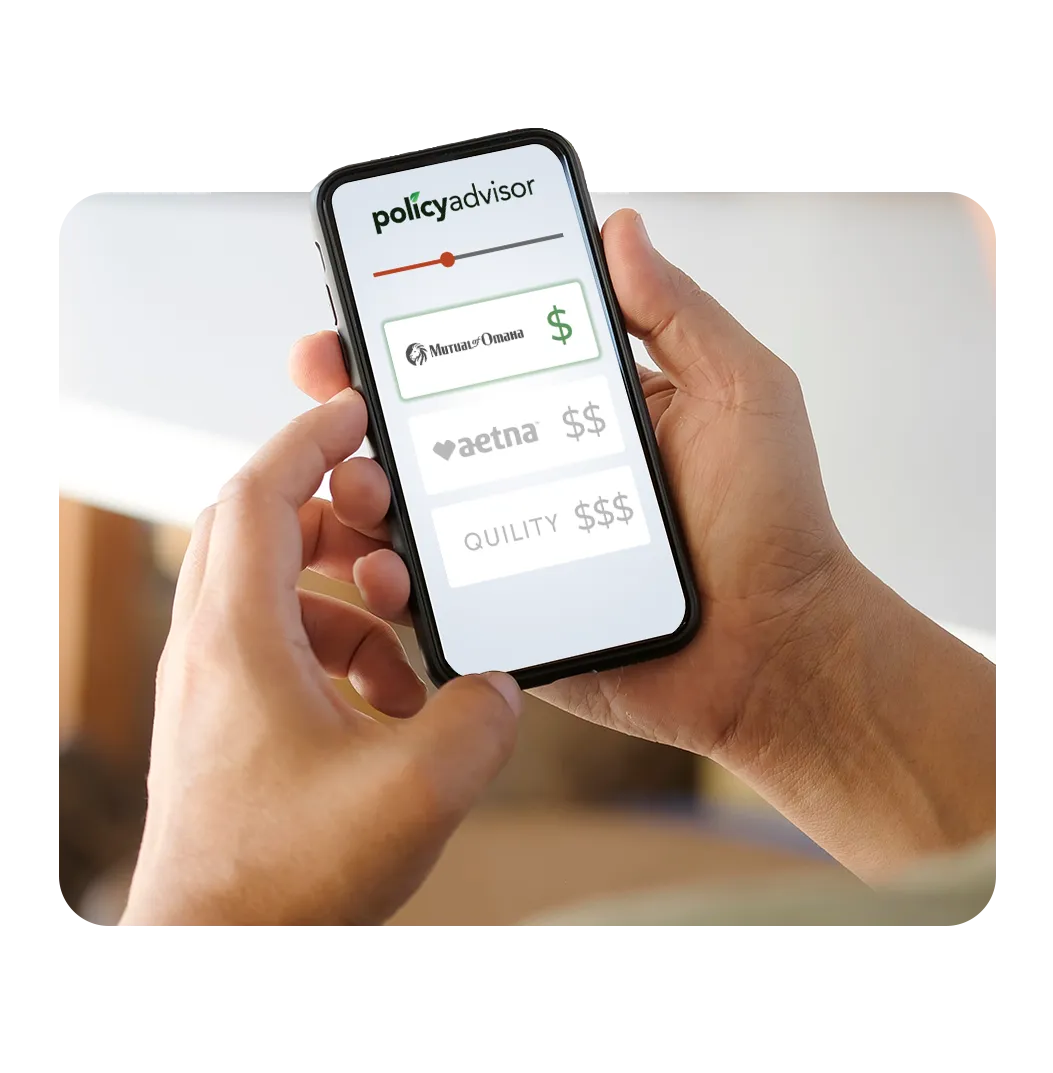
Tired of Googling?
Start Saving
Our easy process makes sure you get to see the best rates from the most trusted providers.

250+
LICENSED EXPERTS
READY TO HELP
50+
A RATED PROVIDERS
27
YEARS OF EXPERIENCE
24/7
CUSTOMER SUPPORT
What people say about us
Here are some reviews from our beloved shoppers

I am a mother of 4 with a full time job. If something ever happened to me, my husband would be left picking up the pieces. That’s why I signed up for insurance – to give me peace of mind.
Amanda B. - New Hope, PA


We dealt with the loss of my father at a young age and he unfortunately did not have life insurance at the time. We learned an important lesson that coverage is crucial, especially with a spouse and kids. This experience was smooth and easy to get us set up financially. Thank you again.
David M. - Phoenix, AZ

Find a Plan With A+ Rated Carriers
We connect you with top-rated A and A+ life insurance carriers, making it easy to compare policies and find individualized plans with the best coverage at the most competitive rates. Our platform is continuously updated with new providers to ensure you have access to the latest options, helping you make informed decisions with confidence.
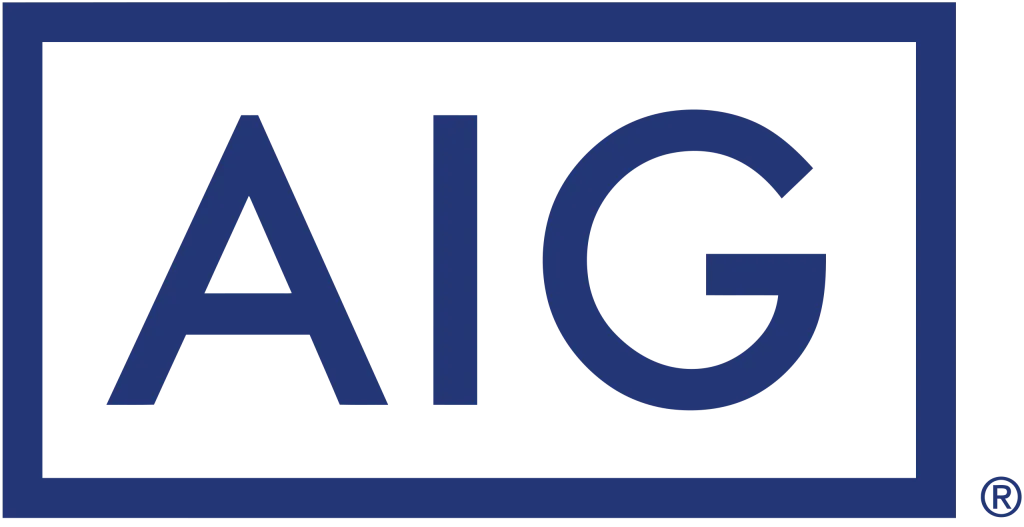
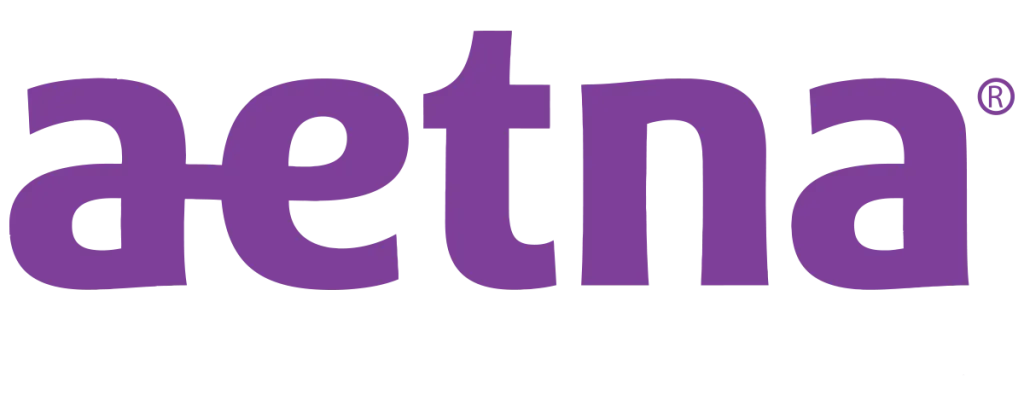
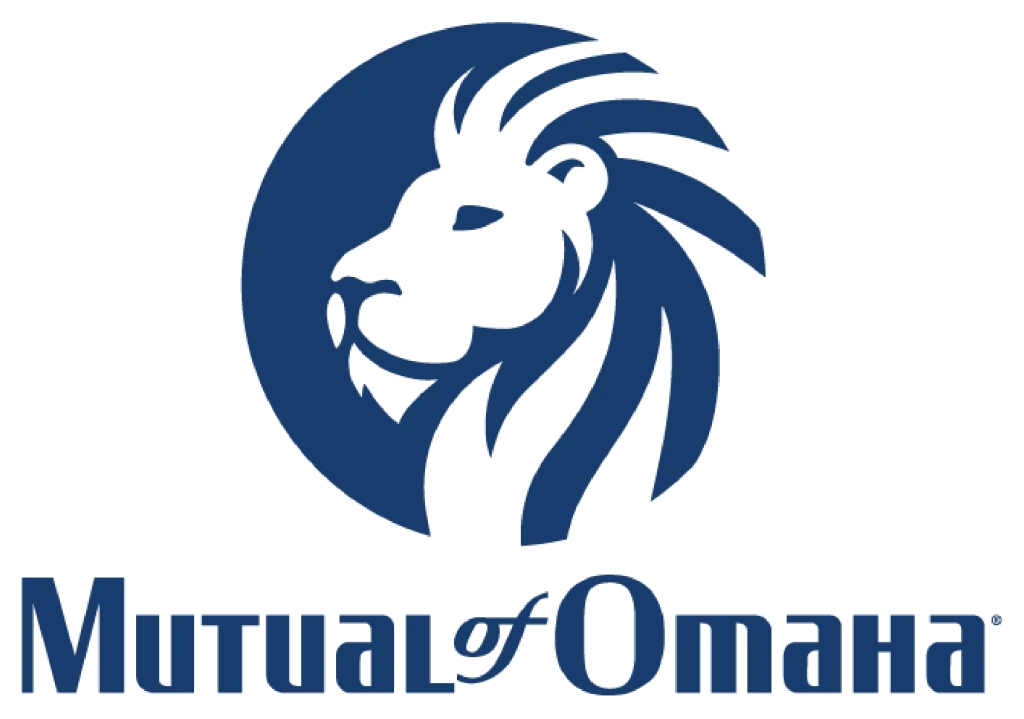
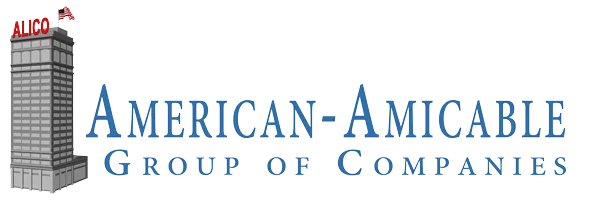


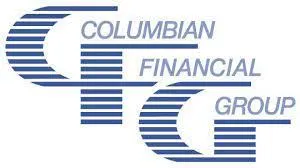
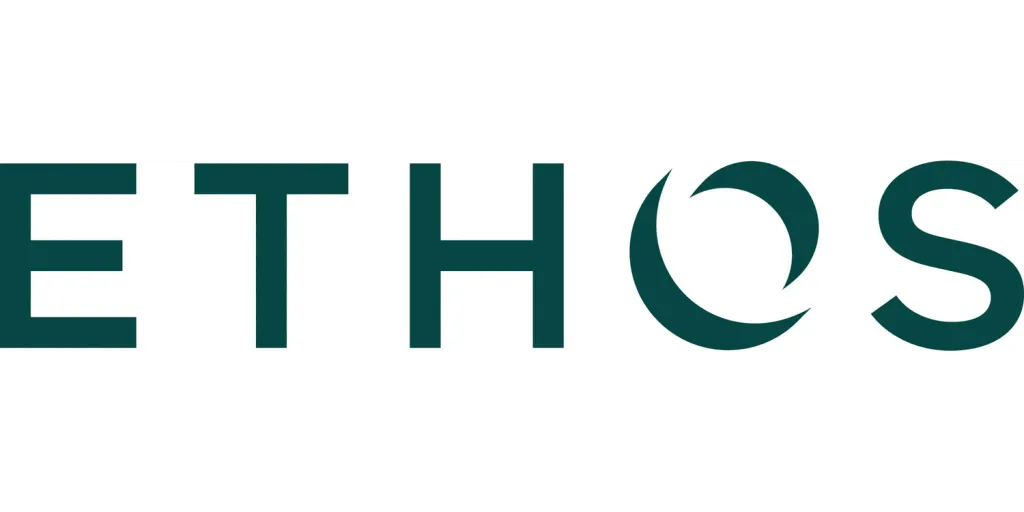



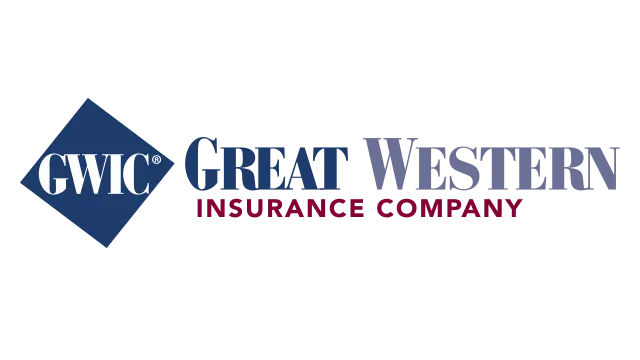


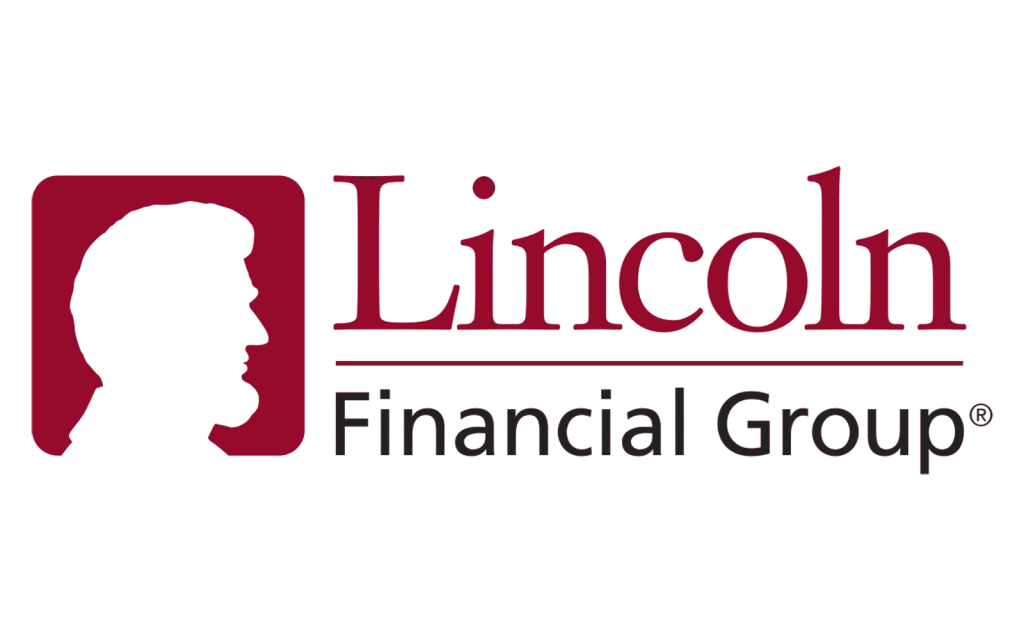
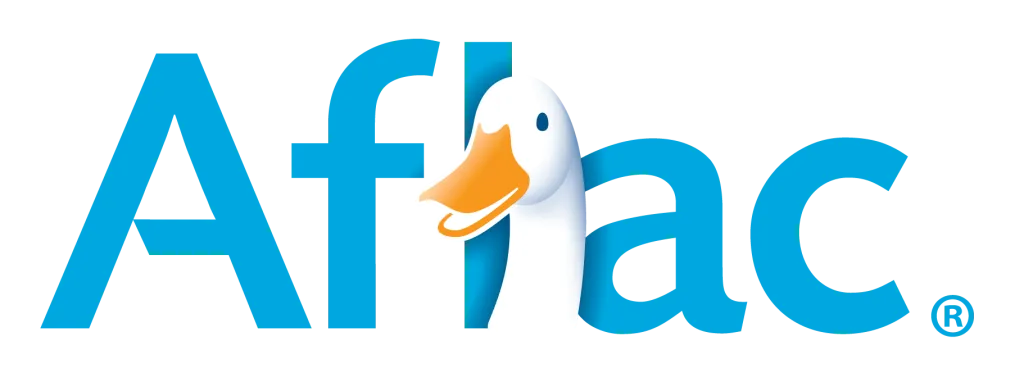





FOLLOW US
COMPANY
CUSTOMER CARE
LEGAL
© Copyright | PolicyAdvisor 2024. All Rights Reserved.

FOLLOW US
COMPANY
CUSTOMER CARE
LEGAL
© Copyright | PolicyAdvisor 2024. All Rights Reserved.